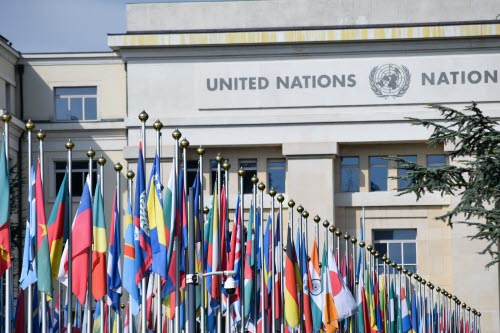The UN Paris Agreement guides all nations to substantially reduce global greenhouse gas emissions through various actions and strategies. It is a legally binding international treaty, which works on a five-year cycle of increasingly ambitious climate action.

According to the UN, greenhouse gas emissions must peak before 2025 at the latest and decline 43% by 2030 to limit global warming to 1.5°C. Everyone needs to strengthen their commitment over time.
The UN International Panel on Climate Change (IPCC) research indicates that crossing the 1.5°C threshold risks unleashing far more severe climate impact than we have seen so far, including more frequent and severe droughts, heatwaves and rainfall.
How can Holmen say that change is possible?
As a paper producer, we at Holmen can lead the way and provide better alternatives on the market. But we can also share our process to encourage others in our value chain.
When we reduced our dependence on fossil fuels in our paper production it made a large difference for our carbon footprint. Thanks to fossil-free electricity and resource-efficient production, we have been able to reduce the CO2 emissions from our paper mills by 95% since 2005. This is why Holmen has one of the lowest carbon emission figures per tonne of paper in the entire world.


